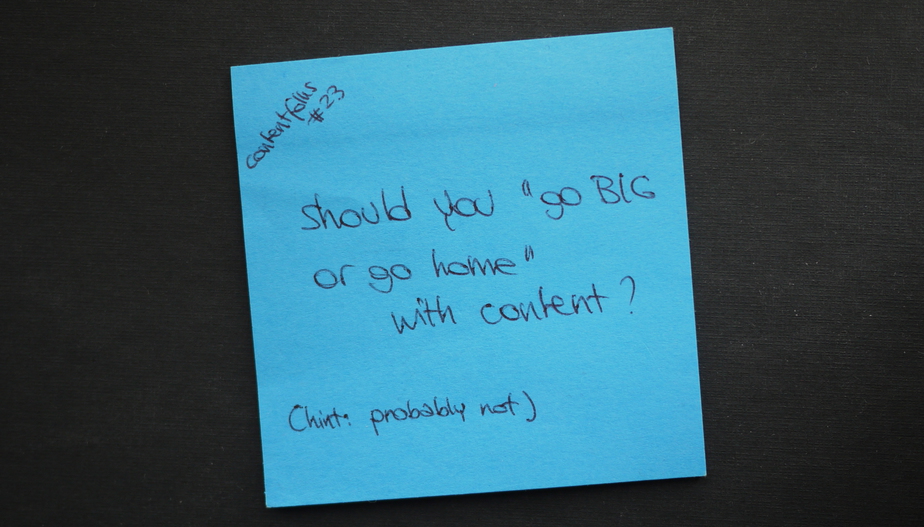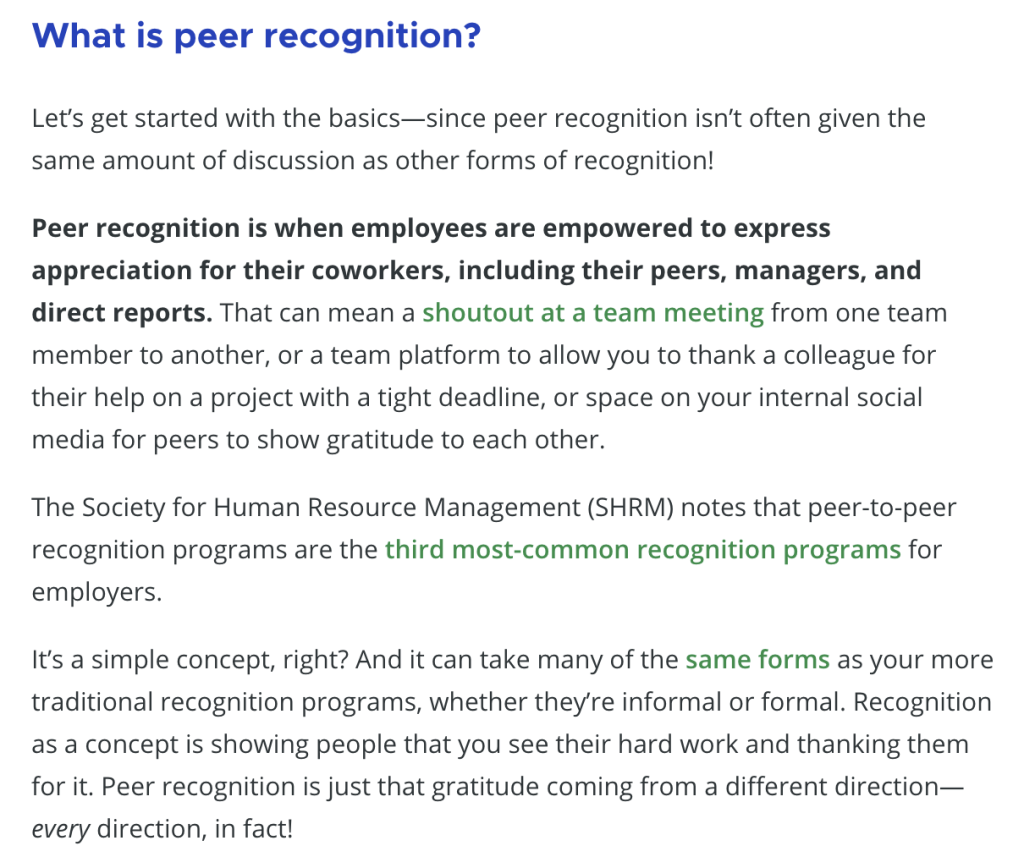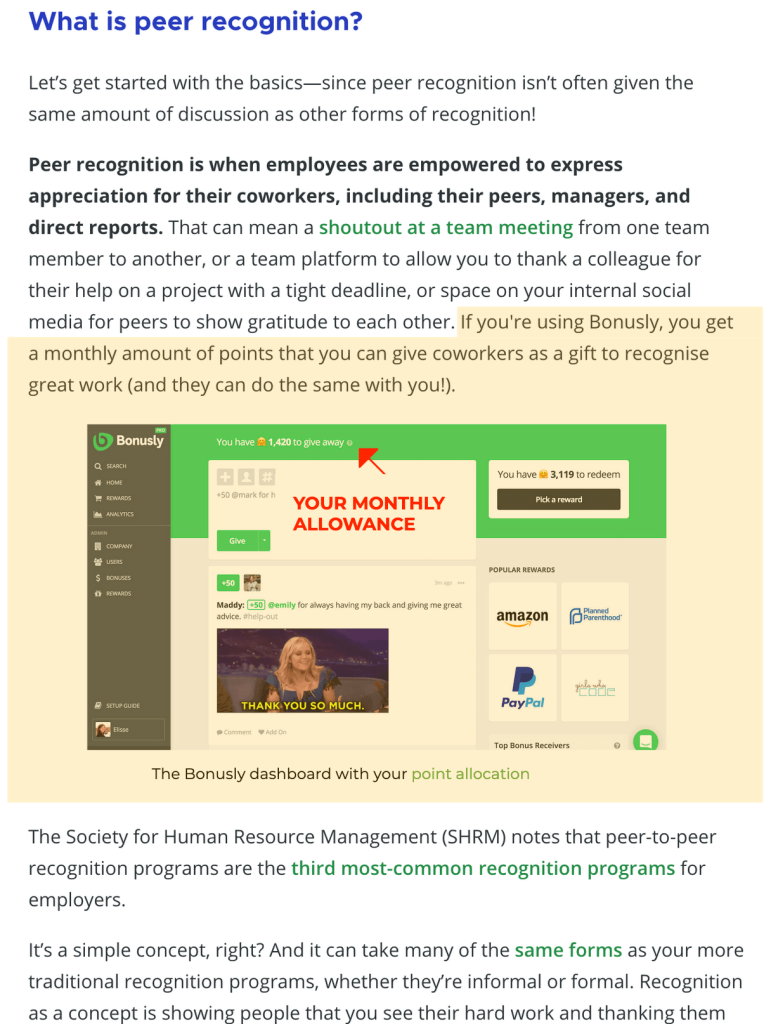
Welcome to contentfolks—a fortnightly newsletter with short lessons & ideas about content that makes a difference, sparks action, and truly serves its audience. Thank you for being here!
Hey 👋
Watching the Olympic Games over the last 12 days, I’ve heard more than once that an athlete who is after a medal “must go big or go home”—which makes sense, when their chance at an Olympic gold comes once every four (…five!) years.
But most of the time, “going big” isn’t something an athlete aims for: aside from being unsustainable, it’s also an unnecessary (and unsafe) waste of energy and strength.
And this relates to content marketing… how?
Going big vs. staying small
For most content marketers, “going big” is the default setting: give us a content task, and nine times out of ten we’ll aim to ship something perfectly produced and impeccably polished. Unlike product marketers, who are trained to create Minimum Viable Products (MVPs) to test and iterate on, we content folks don’t usually go around thinking about the smallest unit of meaningful content work we can deliver—and if somebody asks us to scope things down, we might even feel personally offended 😉
There’s nothing wrong with doing big content things every once in a while, when the time is right. But more often than not, like an athlete in training, we’re better off focusing on smaller, more sustainable, equally valuable tasks: improving something we already have, running a new experiment, trying new tricks to see how they land.
The small things help us build the foundations on which we pull off the big ones.
💡 A practical example 💡
Say you work for a company that makes employee recognition software. You’ve heard me talk about product-led content, think this approach is worth pursuing, and are ready to give it a serious try.
In this scenario, you could be tempted to go big: do a round of customer and keyword research, use the insight to plan a new long-form resource, write thousands of fresh words, maybe even hire an illustrator to work on the visual layout…
…or, you could stay small: take a piece of content you already have, look for one section where you can talk about the product, and work on updating it.
Take a look at what ‘small’ could look like. Here is an existing guide about peer recognition:

And here is a small, product-focused tweak you could apply to it (PS: I don’t work for this company, I just mocked it up in Photoshop to give you an idea of what can be done!):

Unlike the original, the edited version includes:
- A quick, descriptive example of what the product can do
- An annotated screenshot that anchors a feature description to a visual reminder, so a reader can familiarise themselves with the look & feel of the platform
- A caption with a link to additional information
That’s already a solid step in a product-led direction; it adds clarity for your audience, is easy to iterate on, and you can do it in less than 30 minutes. And sure, it doesn’t come with a side of fireworks and you won’t get a content marketing medal for it… but on balance, I’d still call it a content win 😉
Content marketing moves at a faster pace than the Olympic Games (and you don’t injure yourself nearly as much), but the principle of “going big” when the opportunity is right*** and staying smaller the rest of the time is very helpful for our daily work.
Go do something small today!

***I genuinely almost leapt off the sofa when Charlotte Worthington landed the first-ever 360 BMX backflip in women’s competition after falling horribly in her first attempt. Apparently, she’d only tried this move in training a few times before—and that’s what inspired this entire newsletter!